Optimal Timing for Siding Installation
Selecting the optimal time for siding service depends on various factors including weather conditions, temperature, and the specific type of siding material. Proper timing ensures effective installation, durability, and longevity of the siding. Typically, mild and dry weather conditions are ideal for siding projects, reducing the risk of delays or damage caused by moisture or extreme temperatures.
Spring offers moderate temperatures and longer daylight hours, making it suitable for siding work. It allows for efficient installation before the heat of summer or cold of winter.
Summer can be a good time for siding, but high temperatures may affect the materials and installation process. Early summer is preferable to avoid the heat's impact.
Fall provides cooler weather and less humidity, which can be beneficial for siding installation. It is a popular season for completing siding projects before winter.
Winter is generally not ideal due to cold temperatures, snow, and ice, which can hinder installation and affect siding material performance.
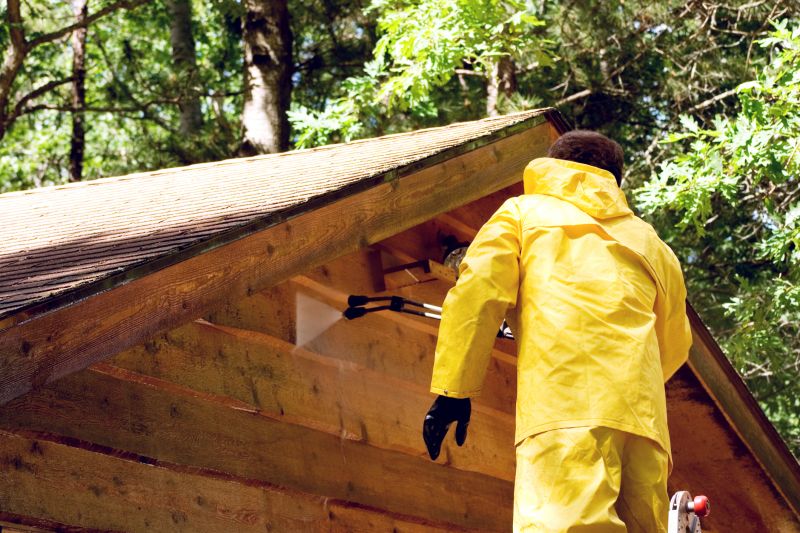
Springtime siding projects benefit from favorable weather conditions.
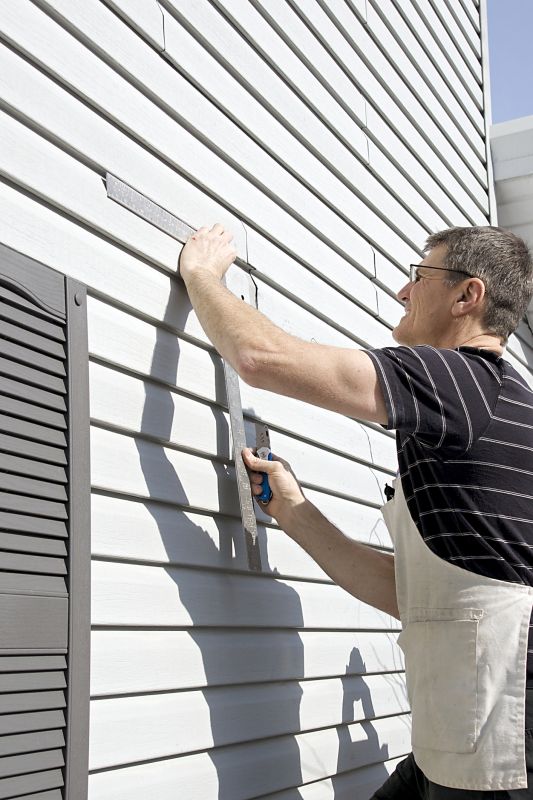
Summer offers longer days for efficient installation.
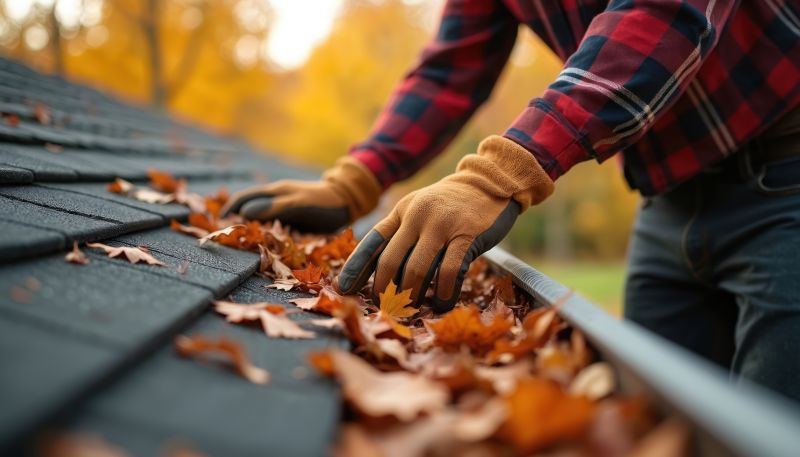
Fall provides cool, dry weather ideal for siding work.
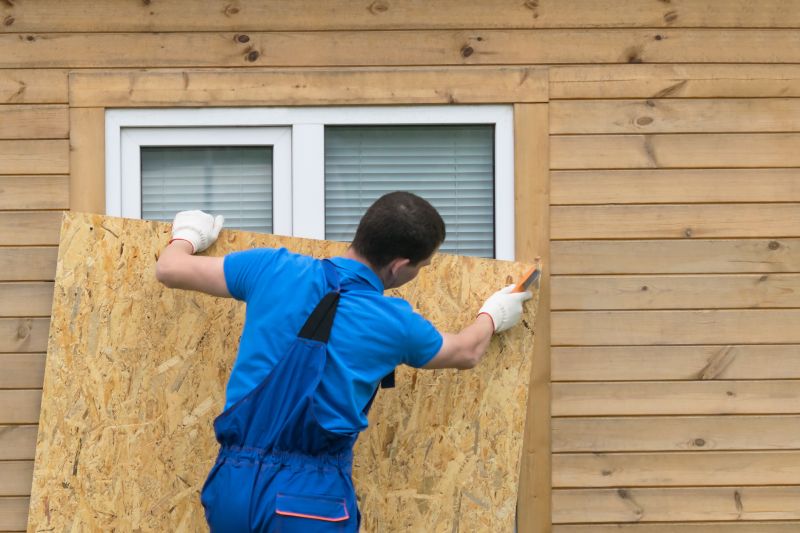
Winter is less suitable due to cold and moisture concerns.
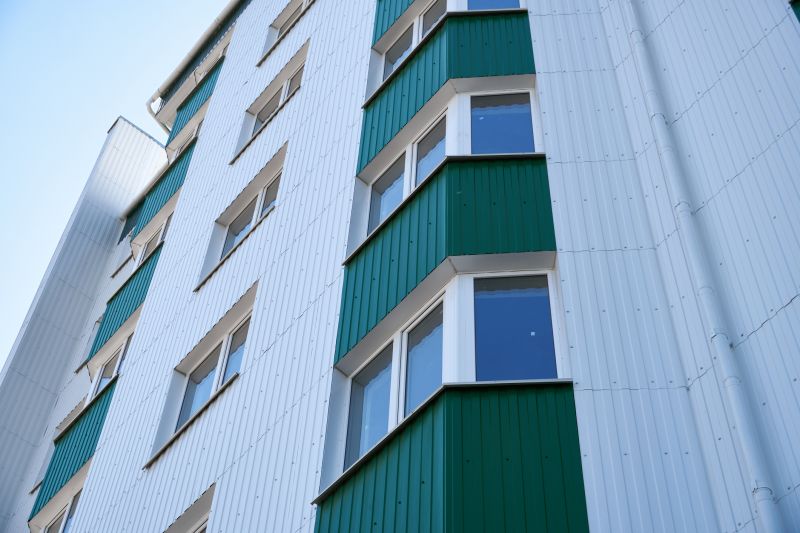
Ways to make Siding Service work in tight or awkward layouts.
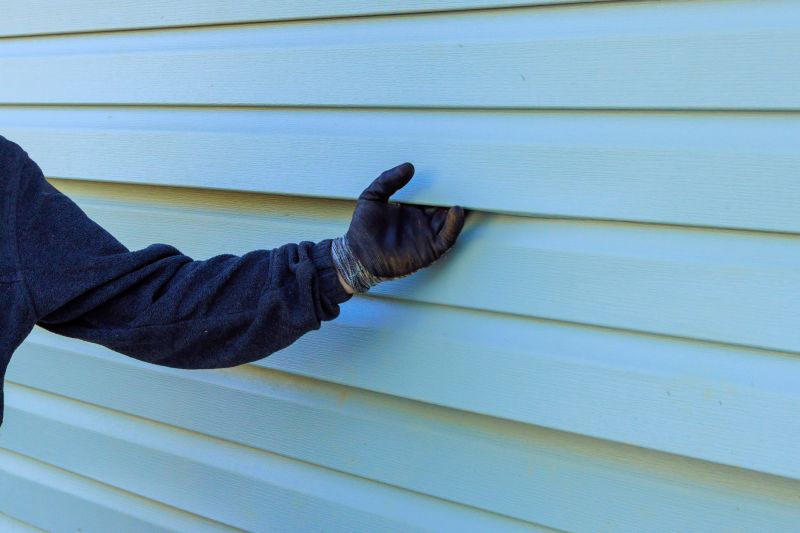
Popular materials for Siding Service and why they hold up over time.

Simple add-ons that improve Siding Service without blowing the budget.
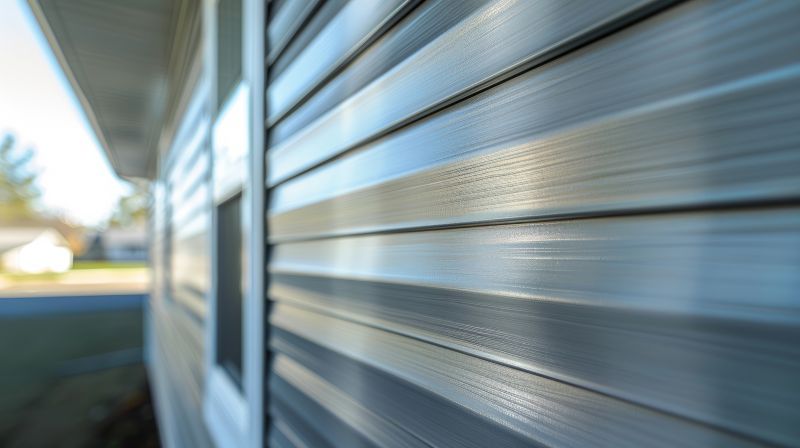
High-end options that actually feel worth it for Siding Service.
| Season | Best For |
|---|---|
| Spring | Moderate temperatures and longer days |
| Summer | Early summer preferred to avoid heat |
| Fall | Cool and dry conditions |
| Winter | Generally not recommended |
Siding service plays a crucial role in maintaining the structural integrity and appearance of a building. Proper siding protects against moisture, pests, and weather damage while enhancing curb appeal. Different siding materials, such as vinyl, fiber cement, or wood, require specific installation conditions to maximize their lifespan. Regular maintenance and timely replacement can prevent costly repairs and improve energy efficiency.
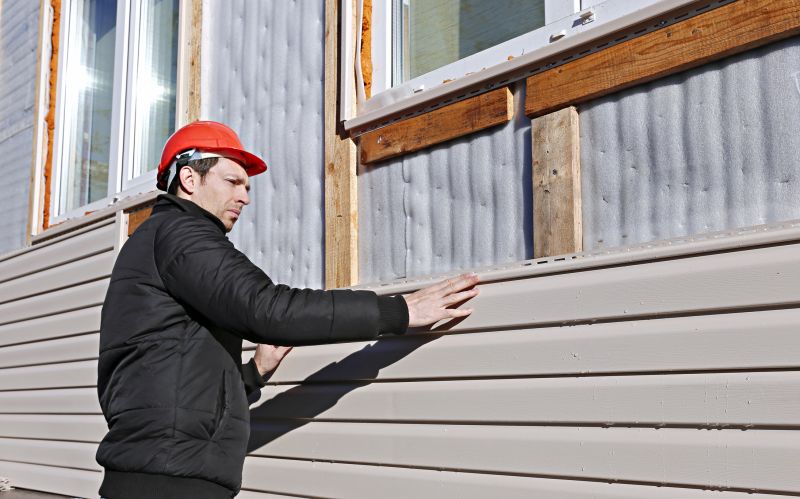
Professional siding installation ensures durability and aesthetic appeal.

Timely repairs can extend the lifespan of existing siding.
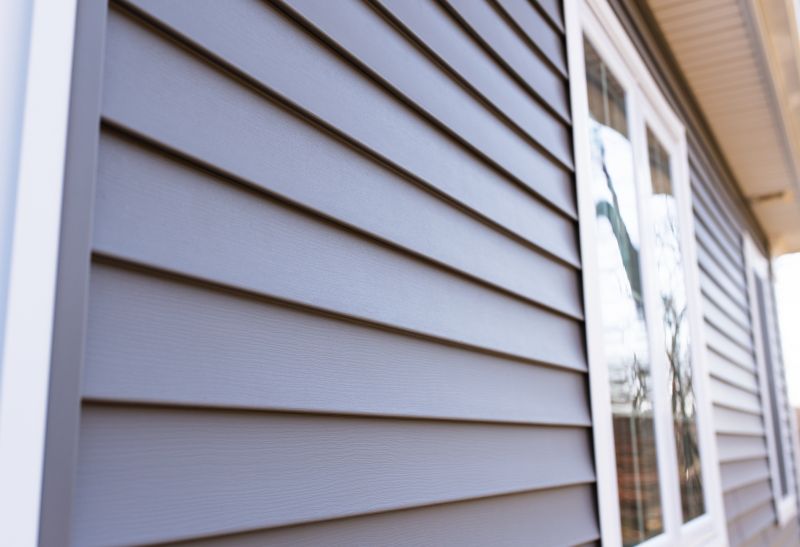
Choosing the right siding material depends on climate and style preferences.
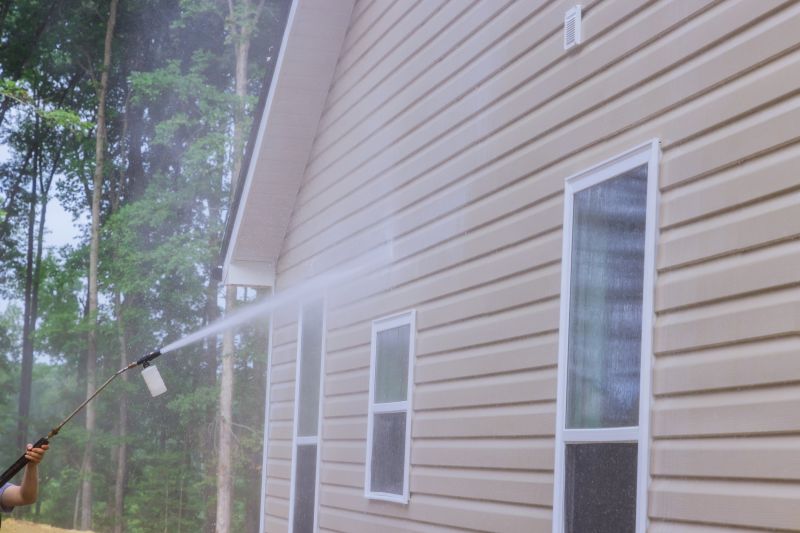
Regular cleaning and inspections help maintain siding quality.
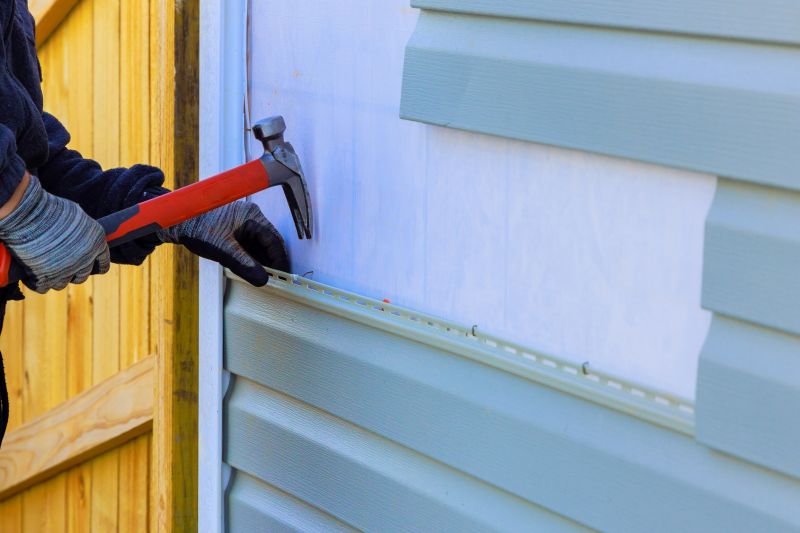
Finishes and colors that play nicely with Siding Service.
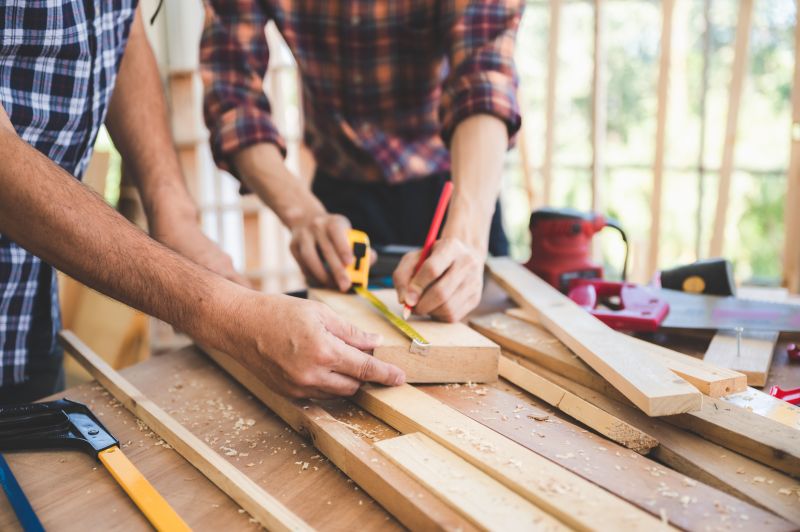
Little measurements that prevent headaches on Siding Service day.
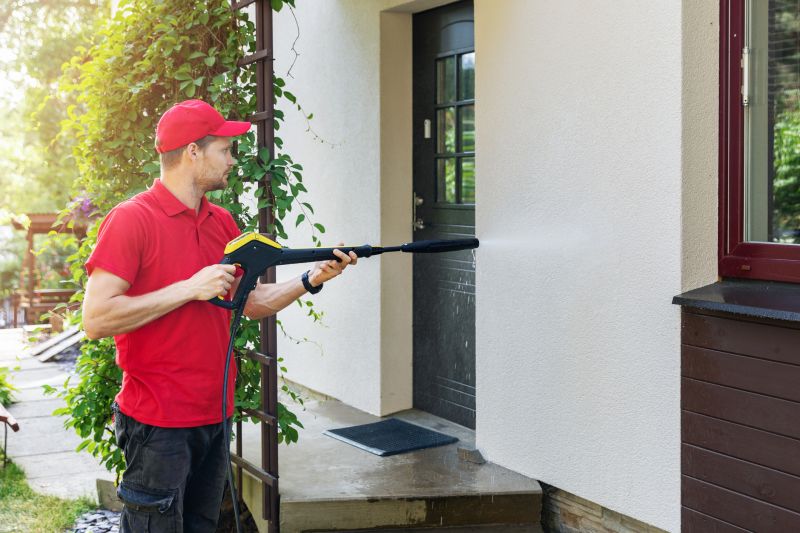
A 60-second routine that keeps Siding Service looking new.

A frequent mistake in Siding Service and how to dodge it.
The duration varies based on the size of the project and siding type, usually ranging from a few days to a week.
Installation during extreme weather conditions is not recommended as it can affect the quality and durability.
Siding generally lasts between 20 to 40 years, depending on material and maintenance.
Replacement is advisable if siding is extensively damaged or outdated, while repairs suit minor issues.
Interested in scheduling siding service? Filling out the contact form provides a convenient way to get more information and plan for your project. Proper timing and professional installation can ensure the best results for durability and appearance.

